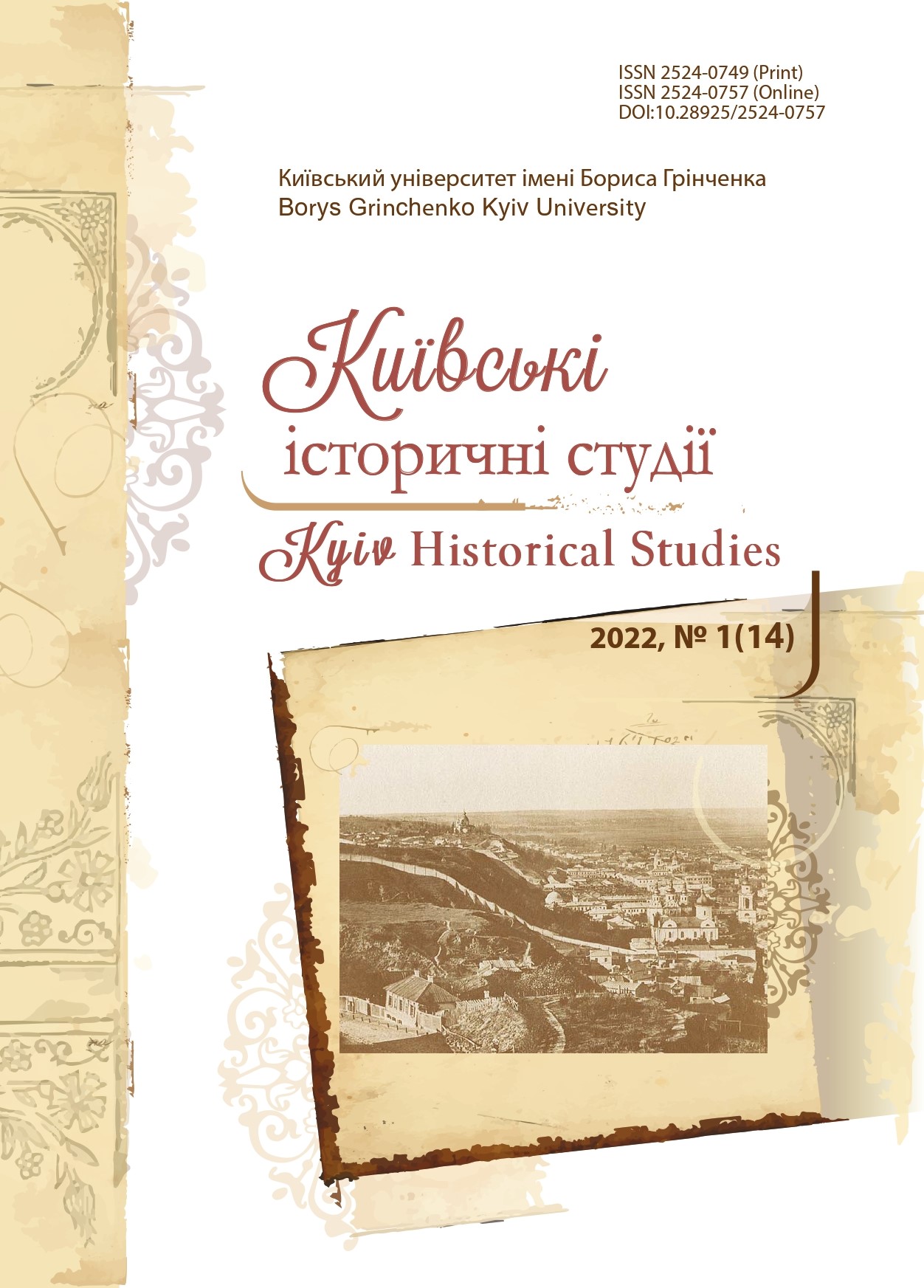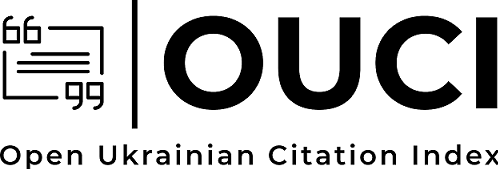Mykhailo Bernov as a Pioneer of Hiking Tourism: Travel through Spain and Algeria (Part II. Algeria. February 1894 – May 1894)
DOI:
https://doi.org/10.28925/2524-0757.2022.11Keywords:
Mykhailo Bernov, Spain, Algeria, Sahara, hiking, travel notesAbstract
This article gives careful consideration to the route of Mykhailo Bernov’s hiking journey through the colonial possessions of France in North Africa in 1894 while he was a correspondent for the Parisian publication «Le Petit Journal». The source basis of the study is his work “Spain, Algeria and the Sahara” (St. Petersburg, 1899) and data from French periodicals (metropolitan and colonial). Attention is paid to Mykhailo Bernov’s perception of the peculiarities of the national character and way of life of the peoples who inhabited the region at the end of the 19th century. In fact, he was faced with the task of overcoming the “barrier of civilization” and he correctly identified the main “watershed” that should at least try to “cross”. This is religion. Mykhailo Bernov paid great attention to acquaintance with natural objects such as deserts, mountains, Hammam-Meskutin. His visits to the monuments of antiquity – ancient Roman cities (mostly ruins of the late Roman period) – Hipon-Regia near Bonn, near Batna – Lambes and Timgad, a Roman colony on the way to Carthage – are described separately. He calls Timgad “Algerian Pompeii” – the city has survived thanks to the sands, the onset of the desert due to climate change. Mykhailo Bernov noted that the Arab, classical and general ancient monuments in Algeria are in good condition. They are not destroyed specially, not stretched, as in the “South of Russia” for building materials. Bernov carefully captures interethnic contradictions in the cultural, national, political and administrative spheres, in fact, he ignores the ways to solve these problems. Mykhailo Bernov’s contribution to the popularisation of hiking and acquaintance of the general public with the tourist potential of Algeria and partly Tunisia is determined. It is shown that Bernov partially repeats the stamps and uses terminology to denote ethnonyms and social statuses, which have acquired a negative connotation in the modern world. His descriptions of many cultural, archeological and natural sites, which have significantly changed their appearance today, can be considered positive.
Downloads
References
Andryeyev, V., Andryeyeva, S., & Kariaka, O. (2021). Mykhailo Bernov yak pioner pishokhidnoho turyzmu: podorozh Ispaniieiu ta Alzhyrom (Chastyna I. Ispaniia. Lystopad 1893 r. – liutyi 1894 r.) [Mykhailo Bernov as a Pioneer of Hiking Tourism: Travel through Spain and Algeria (Part I. Spain. November 1893 – February 1894)]. Kyivski istorychni studii (Kyiv Historical Studies), 2 (13), 58–66 [in Ukrainian]. DOI: https://doi.org/10.28925/2524-0757.2021.28
Bernov, M. A. (1896). Iz Odessy peshkom po Krymu. Pisma russkogo peshekhoda [From Odessa across Crimea on Foot. Russian Treveller’s Letters]. Sankt-Peterburg: Tipografiia Glazunova [in Russian]. Bernov, M. A. (1899). Ispaniia, Alzhir i Sakhara [Spain, Algeria and Sahara]. Sankt-Peterburg: Tipografiia P. O. Oblonskogo [in Russian].
Grinchenko, Borys. (2014). Zibrannia tvoriv. Narodoprosvitnia spadshchyna [Collection of Works. National Educational Heritage]. In A. I. Movchun Prymitky i komentari, Vol. 1, Kyiv: Kyivskyi universytet im. Borysa Grinchenka, 543 p. [in Ukrainian].
Le Koran, traduction nouvelle faite sur le texte arabe. (1844). Par M. Kasimirski, interprète de la légation française en Perse. Paris, Charpentier. 511 p. [in French].
Playfair, R. L. (1877). Travels in the Footsteps of Bruce in Algeria and Tunis. London, 300 p. [in English].
Published
How to Cite
Issue
Section
License
Copyright (c) 2022 Віталій Андрєєв, Світлана Андрєєва, Олександр Каряка

This work is licensed under a Creative Commons Attribution-NonCommercial-ShareAlike 4.0 International License.
Authors who publish in this journal retain the right of authorship of the work and give to the journal right of first publication of this work under the conditions of Creative Commons: Attribution-NonCommercial-ShareAlike 4.0 International (CC BY-NC-SA 4.0), which allows others freely distribute the work published with reference to the authors of the original work and the first publication of this magazine.














